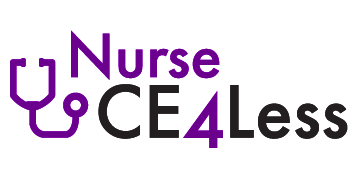Course Summary
When a patient is unable to breathe due to illness, injury, or physical impairment, intubation may provide a lifesaving measure. However, the intubation process can be painful and carries its own risks. Appropriate clinical management of the intubated patient is necessary to minimize pain and side effects. Clinicians who manage intubated patients should monitor vital signs and, if possible, communicate with the patient to gain critical information that may decrease the risk of patient morbidity and mortality.
Course Format
Homestudy
Course Syllabus
- Introduction
- Post-Intubation Sedation
- Indication
- Type of Sedation
- Richmond Agitation Sedation Scale
- Analgesia for the Intubated Patient
- Pre-emptive Analgesia
- Pain Assessment
- Effects of Poor Pain Control
- Management of the Ventilated Patient
- Ventilator Adjustment
- Tidal Volume
- Positive End Expiratory Pressure
- Fraction of Inspired Oxygen
- Physiological Monitoring
- Prevention of Ventilator Associated Pneumonia
- Ocular Care
- Stress Ulcer and Prophylactic Agents
- Patient Communication
- Summary
Author
Noah H. Carpenter, MD
Dr. Noah Carpenter is a Thoracic and Peripheral Vascular Surgeon. He completed his Bachelor of Science in chemistry and medical school and training at the University of Manitoba. Dr. Carpenter completed surgical residency and fellowship at the University of Edmonton and Affiliated Hospitals in Edmonton, Alberta, and an additional Adult Cardiovascular and Thoracic Surgery fellowship at the University of Edinburgh, Scotland. He has specialized in microsurgical techniques, vascular endoscopy, laser and laparoscopic surgery in Brandon, Manitoba and Vancouver, British Columbia, Canada and in Colorado, Texas, and California. Dr. Carpenter has an Honorary Doctorate of Law from the University of Calgary, and was appointed a Citizen Ambassador to China, and has served as a member of the Indigenous Physicians Association of Canada, the Canadian College of Health Service Executives, the Science Institute of the Northwest Territories, Canada Science Council, and the International Society of Endovascular Surgeons, among others. He has been an inspiration to youth, motivating them to understand the importance of achieving higher education.


